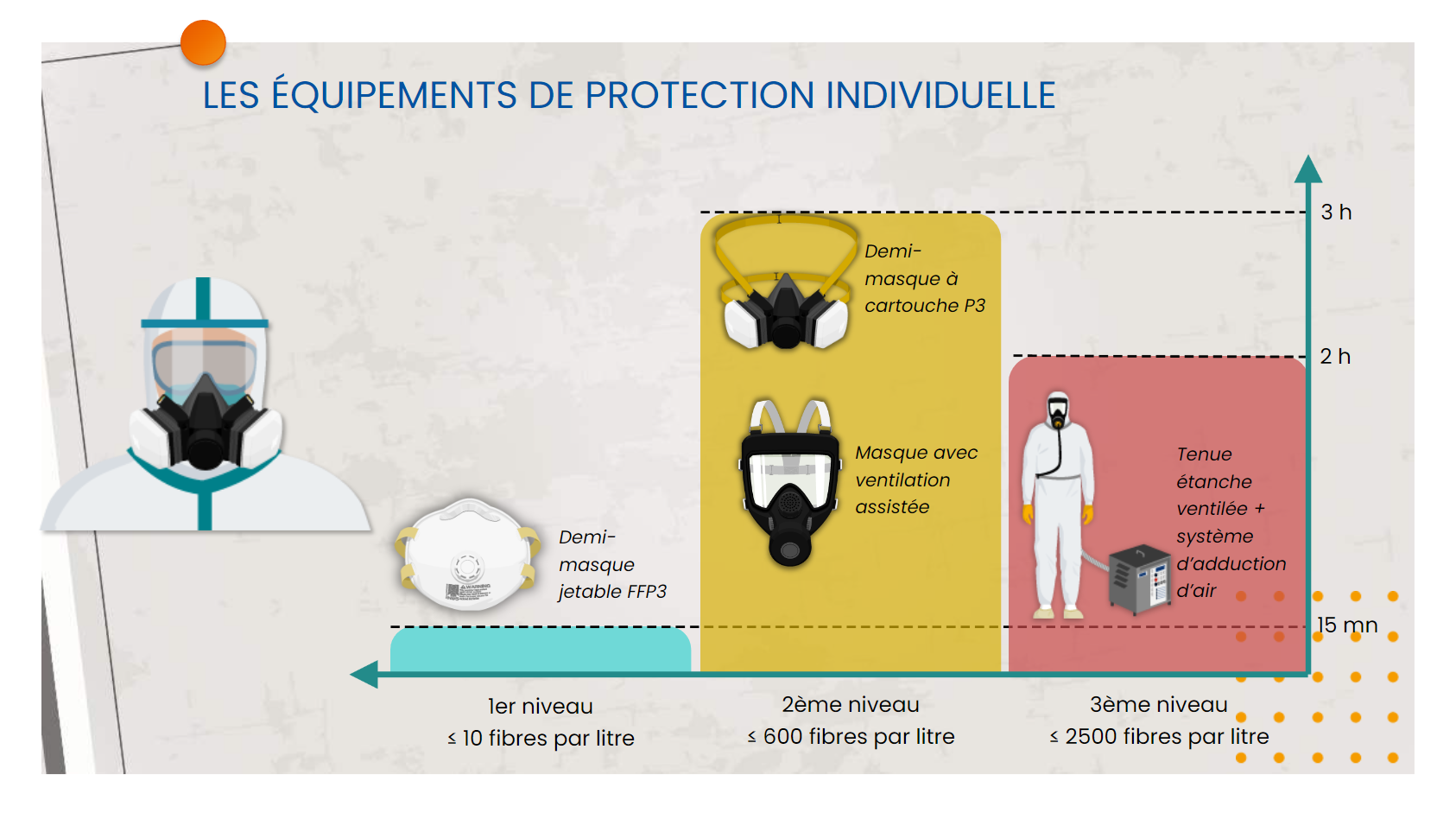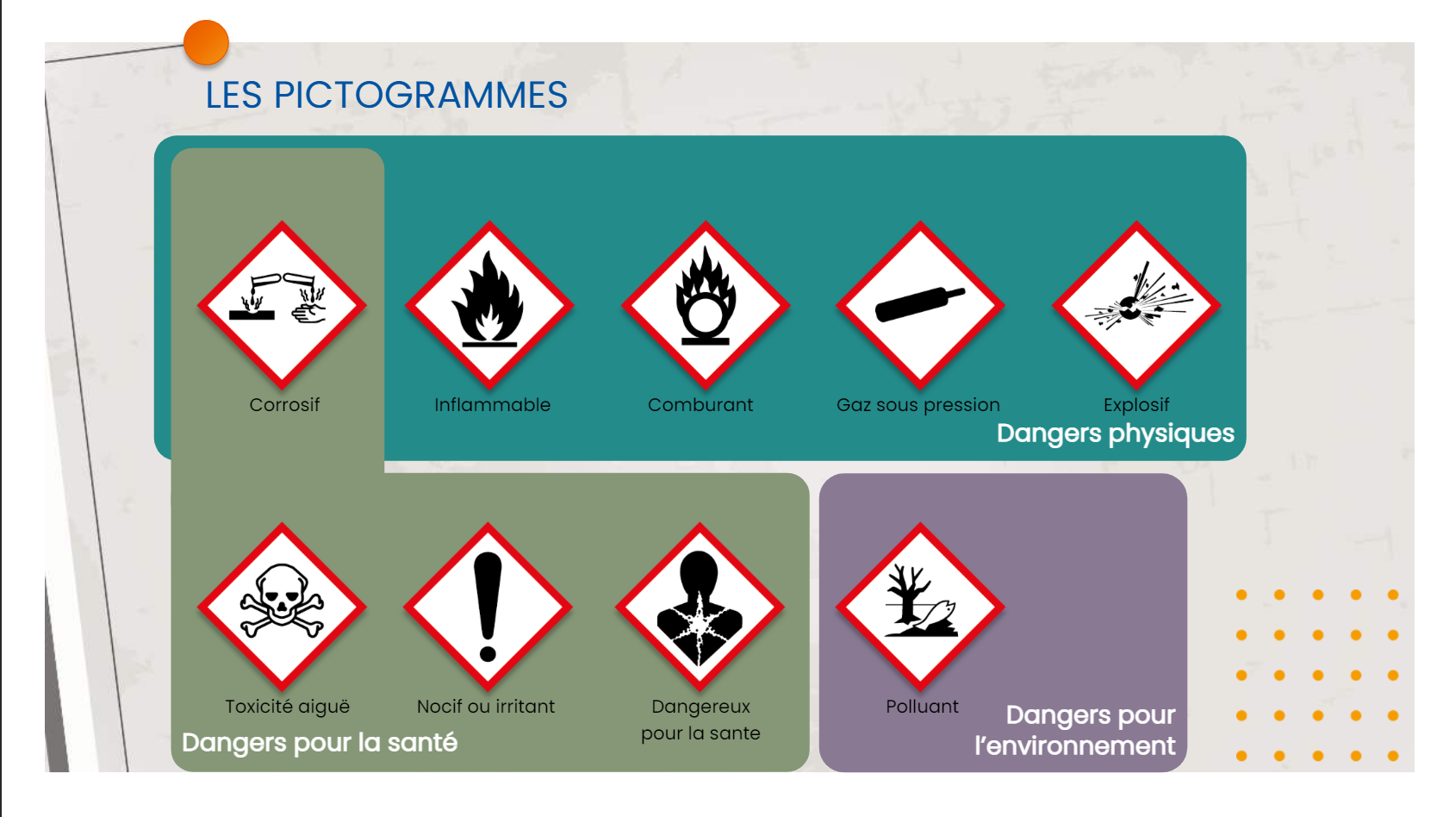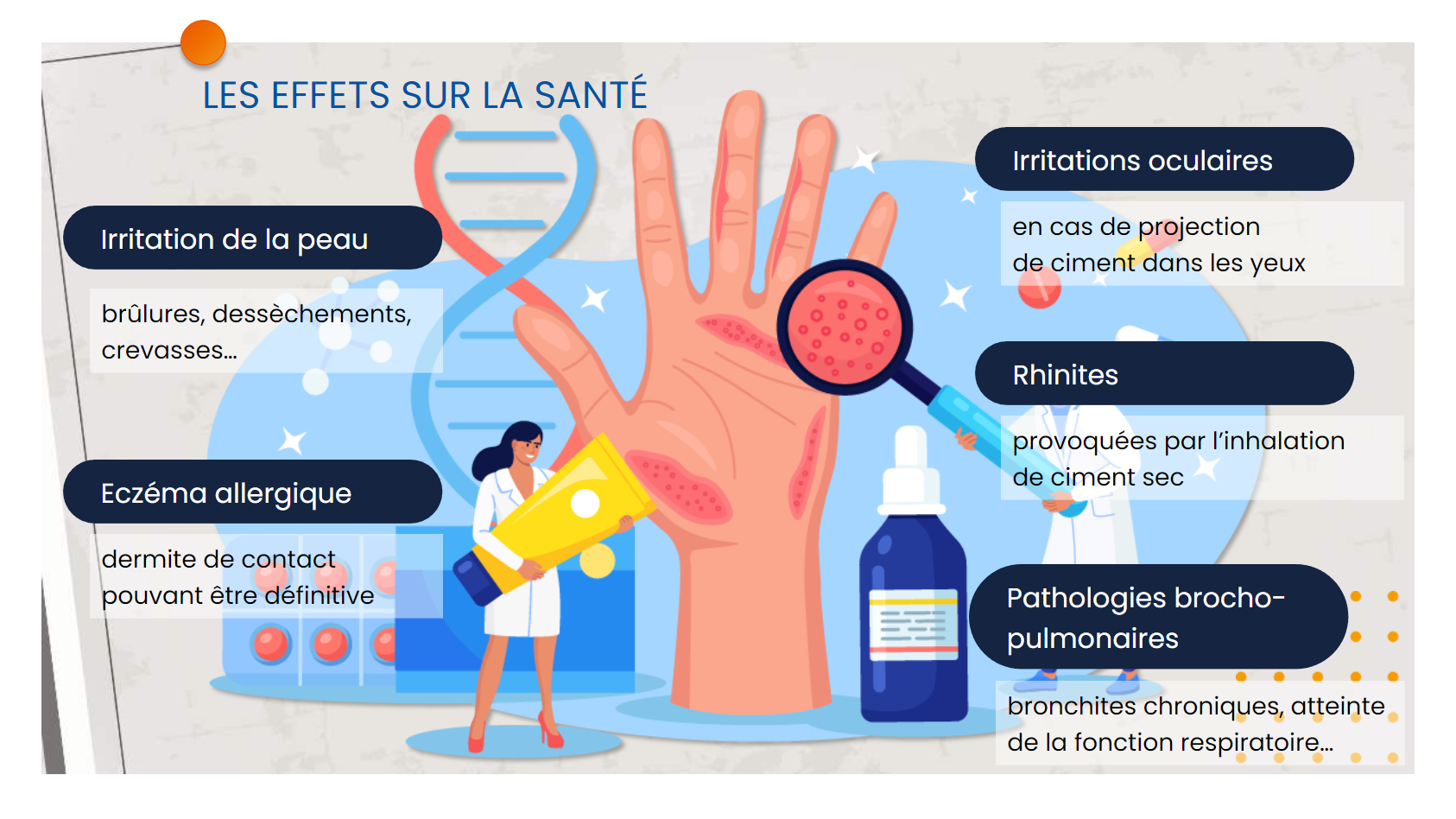Sleep, a vital element that everyone recognizes as crucial. However, the optimal duration remains an individual debate. While the average is set at 8 hours, each person has specific needs. Listening to your body becomes imperative. Do signs of fatigue persist after waking up? An unrefreshing night may seem harmless, but if the problem persists, the repercussions on work can be serious. Is it work that harms sleep, or the other way around? This module invites you to think about the importance of sleep in our personal and professional balance.
Continue readingElearning module “The different forms of harassment”
Sexual, moral and cyberharassment in the workplace have a harmful impact on both the physical and mental health of employees. In addition, these behaviors can harm the proper functioning of the company and tarnish its image. It is therefore essential to put in place preventive measures and provide rapid responses to employee victims in urgent situations.
Continue readingElearning module “The different forms of violence at work”
Conflicts, intimidation, insults, and deterioration of professional relations are serious problems. It is crucial to take preventive measures to avoid them.
Continue readingElearning module “Suicides linked to work: how to react?”
Suicide or attempted suicide in the workplace requires an urgent response, including calling for help, protecting colleagues, and hiding the scene of the incident. It’s also a wake-up call for the company, revealing broader issues of unease within the organization. Suicide prevention at work involves a global approach to preventing psychosocial risks, as well as an analysis of suicidal acts when they occur. This module will allow you to obtain the key elements to deal with this type of situation.
Continue readingElearning module “Introduction to chemical and biological agents”
This module presenting chemical and biological agents is an introduction to chemical or biological risk training courses.
Continue readingElearning module “Risks linked to asbestos”
This training module raises awareness of the major health risks posed by asbestos, both for public health and for occupational health. It aims to provide information on the dangers inherent in inhaling asbestos fibers during asbestos removal operations and work on materials containing asbestos.
Continue readingElearning module “Risks linked to fibers other than asbestos”
This module explains the various applications of fibers in many sectors of activity, while highlighting the frequent lack of data on them. It provides an overview of current knowledge on different fibers, excluding asbestos, whether natural or synthetic, organic or inorganic. This file examines their characteristics, their uses, the risks they pose for health, the exposure levels observed in the workplace and the preventive measures to adopt.
Continue readingElearning module “Classification and labeling”
This module presents the regulations on the classification, packaging and labeling of hazardous chemicals, which aim to ensure the protection of workers, consumers and the environment. Labeling constitutes the first source of information provided to the user concerning the dangers and the precautions to take when handling them. The CLP Regulation, a European text, establishes standards for the classification, labeling and packaging of chemical substances and mixtures.
Continue readingElearning module “Risks linked to cement”
This module offers prevention measures to reduce the risks associated with handling cements, which can cause skin and eye problems. Building, public works and concrete prefabrication professionals are particularly exposed. It is essential to follow the general principles of prevention and adopt a specific approach to prevent chemical risks, sometimes including the wearing of gloves as an essential protective measure.
Continue readingElearning module “The risks linked to formaldehyde”
This module addresses the subject of formaldehyde, a very reactive compound widely used in different professional fields. However, its reactivity results in hazardous properties, such as its flammability, corrosiveness and toxicity. Additionally, it can cause allergic reactions and increase the risk of cancer. Therefore, it is imperative to take preventive measures to limit workers’ exposure to this chemical.
Continue reading









